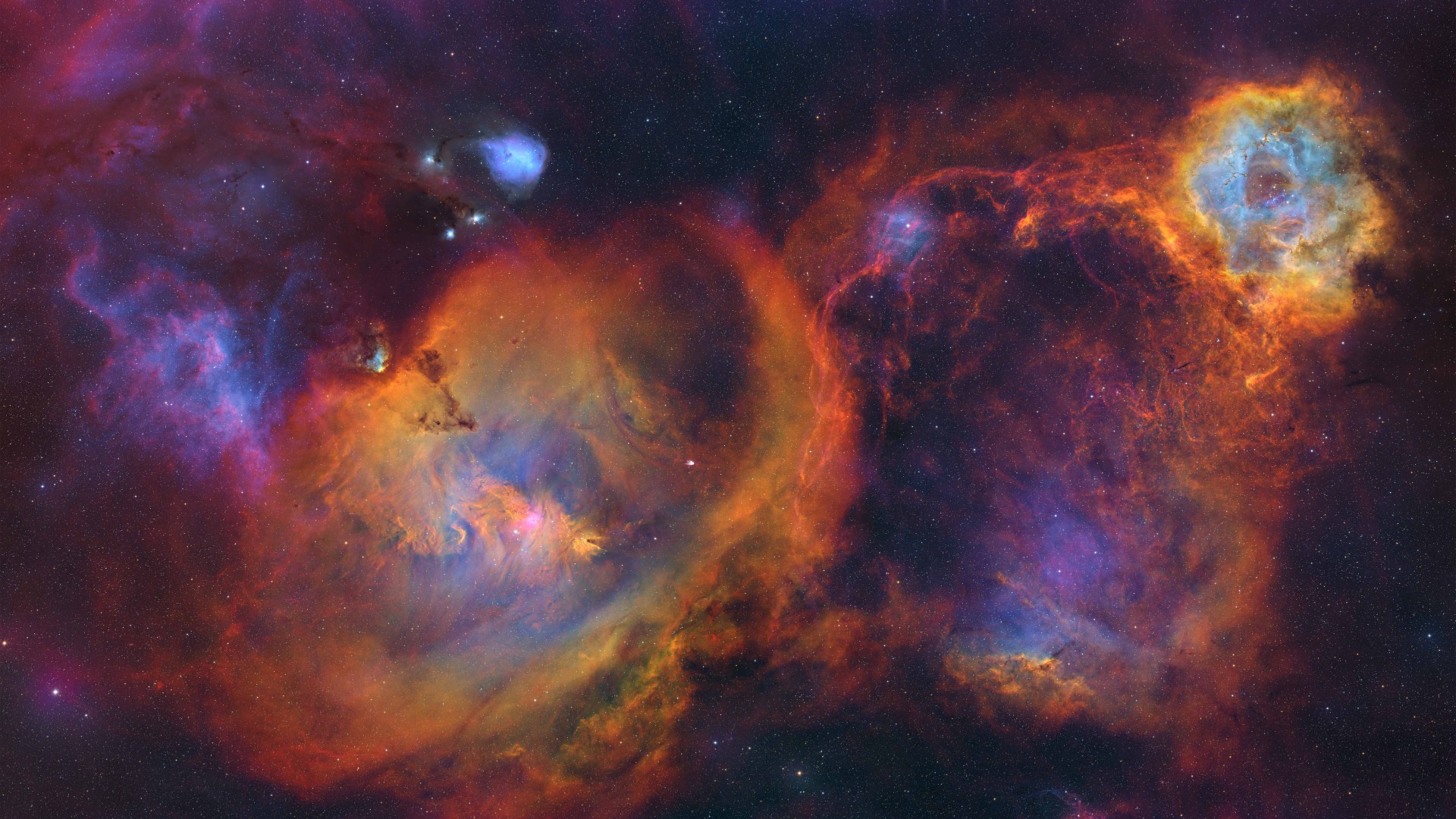The shortlist for the 2025 ZWO Astronomy Photographer of the Year Awards has been unveiled, featuring an impressive selection of astrophotography that captures the vast beauty of the cosmos. This annual competition, organized by the Royal Observatory Greenwich in partnership with the astronomy camera manufacturer ZWO, has drawn entries from photographers in 69 countries, showcasing over 5,500 submissions across various categories.
The awards celebrate the art of astrophotography, aiming to inspire curiosity and education about the universe. The overall winner will receive a grand prize of £10,000 (approximately $13,560 USD), while category winners will each be awarded £1,500 (about $2,030 USD). According to Sam Wen, founder of ZWO, “At ZWO, we believe that astrophotography is not only a way to record the cosmos, but also a way to inspire curiosity, foster education, and build communities that transcend borders.”
The winners will be announced during a ceremony scheduled for September 2025, with selected works to be exhibited at the National Maritime Museum in London.
A Glimpse of Cosmic Wonders
The shortlisted images encompass a diverse array of celestial phenomena, from mesmerizing auroras to intricate galaxies. One standout image is a swirling green aurora captured by Filip Brebenda on the Senja Peninsula in northern Norway on September 12, 2024. The foreground features silvery birch trees, while the aurora’s reflection dances in a tranquil pool of water.
Another remarkable photograph by Daniel Zafra showcases a rare magenta and green aurora over California’s Mono Lake in October 2024, with striking rocky formations jutting from the water’s edge. Similarly, Vincent Beudez captured an arctic flower-like aurora illuminating the skies of Tromsø, Norway, on April 4, 2024.
In the realm of galaxies, a stunning image of the Triangulum Galaxy (M33) taken by a team of Hungarian photographers reveals a burst of star formation amid a cosmic display. Their efforts spanned multiple sessions from November to December 2024. The Andromeda Galaxy (M31) is also featured, with its bright central bulge and spiral arms captured in detail after approximately 216 hours of exposure time in Sichuan, China.
Highlighting the Solar System
Astrophotographers have also focused on our solar system, with images showcasing the moon, sun, and planets. Flavien Beauvais photographed a distorted moon rising over the French château of Villebois-Lavalette during the full moon phase in November 2024. Meanwhile, Chayaphon Phanitloet captured a composite image of the moon occulting Saturn, while Karthik Easvur stitched together 24 images to create a mosaic of a supermoon over Delhi, India.
In a spectacular demonstration of timing, Zhang Yanguang captured the International Space Station (ISS) moving across the sun’s face from Fujian, China on January 24, 2025. Another impressive image by PengFei Chou depicted a solar prominence erupting from the sun, showcasing a span of 500,000 kilometers on November 7, 2024.
The shortlist also includes remarkable compositions of planets and comets. Gerald Rhemann and Michael Jäger captured Comet Tsuchinshan-ATLAS from Namibia, revealing its distinctive dust and ion tails. A family portrait of solar system planets by Sophie Paulin offers a stunning view of Mercury, Venus, Mars, Jupiter, Saturn, Uranus, and Neptune, all captured from Bavaria, Germany.
The 2025 ZWO Astronomy Photographer of the Year Awards not only recognize exceptional talent but also foster a deeper appreciation for the universe and the wonders it holds. As the awards ceremony approaches, anticipation builds for the announcement of the winners and the exhibition of these breathtaking images.
